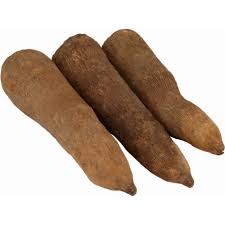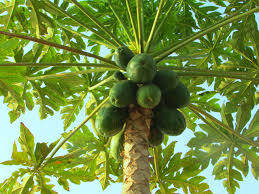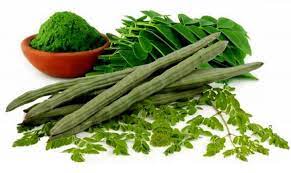
Nigerian agriculture is characterized by considerable regional and crop diversity. Analysis of this sector, particularly the food sub-sector, is fraught with serious data problems.
However, the available statistics provide a broad overview of development in agriculture upon which we can make some broad generalizations about its role in economic development and structural change in Nigeria.
In the 1960s, the agricultural sector was the most important in terms of contributions to domestic production, employment and foreign exchange earnings. The situation remained almost the same three decades later with the exception that it is no longer the principal foreign exchange earner, a role now being played by oil.
The sector remained stagnant during the oil boom decade of the 1970s, and this accounted largely for the declining share of its contributions. The trend in the share of agriculture in the gross domestic product (GDP) shows a substantial variation and long-term decline from sixty percent (60%) in the early 1960s through forty-eight point eight percent (48.8%) in the 1970s and twenty-two point two percent (22.2%) in the 1980s.
Unstable and often inappropriate economic policies (of pricing, trade and exchange rate), the relative neglect of the sector and the negative impact of oil boom were also important factors responsible for the decline in its contributions.
On its diversity, Nigerian agriculture features tree and food crops, forestry, livestock and fisheries. In 1993 at 1984 constant factor cost, crops (the major source of food) accounted for about thirty percent (30%) of the gross domestic products (GDP), livestock about five percent (5%), forestry and wildlife about one point three percent (1.3%) and fisheries accounted one point two percent (1.2%).
Nigeria is by far the world’s largest producer of yams, accounting for over seventy to seventy-six percent (70–76%) of the world production. According to the Food and Agricultural Organization (FAO) report, in 1985, Nigeria produced eighteen million, three hundred thousand (18,300,000) tons of yam from one million, five hundred thousand (1,500,000) hectares, representing seventy-three point eight (73.8%) of total yam production in Africa.
According to 2008 figures, yam production in Nigeria has nearly doubled since 1985, with Nigeria producing thirty-five million, seventeen thousand (35,017,000) million metric tons with value equivalent of US$5.654 billion.
In perspective, the world's second and third largest producers of yams, Côte d'Ivoire and Ghana, only produced six point nine (6.9) and four point eight (4.8) tonnes of yams in 2008 respectively.
According to the International Institute of Tropical Agriculture, Nigeria accounted for about seventy percent (70%) of the world production amounting to seventeen million (17,000,000) tons from land area two million, eight hundred and thirty-seven thousand (2,837,000) hectares under yam cultivation.
Yam, a tropical crop in the genus Dioscorea, has as many as six hundred (600) species out of which six are economically important staple species.
These are: Dioscorearotundata (white guinea yam), Dioscoreaalata (yellow yam), Dioscoreabulbifera (aerial yam), Dioscoreaesculant (Chinese yam) and Dioscoreadumetorum (trifoliate yam). Out of these, Dioscorearotundata (white yam) and Dioscoreaalata (water yam) are the most common species in Nigeria. Yams are grown in the coastal region in rain forests, wood savanna and southern savanna habitats.
Tuber is the main part of the yam plant which has high carbohydrate content (low in fat and protein) and provides a good source of energy. Unpeeled yam has vitamin C. Yam, sweet in flavour, is consumed as boiled yam (as cooked vegetable) or fufu or fried in oil and then consumed. It is often pounded into a thick paste after boiling and is consumed with soup. It is also processed into flour for use in the preparation of the paste.
Its medicinal use as a heart stimulant is attributed to its chemical composition, which consists of alkaloids of saponin and sapogenin. Its use as an industrial starch has also been established as the quality of some of the species is able to provide as much starch as in cereals.
The market for yam tubersand its bye- products are national. With a population of over two hundred million (200,000,000) people and an estimated national population growth rate of five point seven percent (5.7%) per annum, Nigeria has a large market for yam tubersand its bye-products.
From the above figures, it is clear that there is a large and sustainable market for yam tubers and its bye – product in Nigeria.






















